MSI Goes USB 3.1 at CES 2015: The MSI Component Suite Tour
by Ian Cutress on January 12, 2015 2:00 PM ESTAlongside the USB 3.1 new models, MSI had several of their latest designs up for show which have gained traction both visibly in various forums and in terms of emails for my inbox. First up is the Z97 SLI Krait Edition, marking a departure from MSI’s traditional range of colors to a purely black and white model. This is cashing in on the philosophy of providing clean solutions, and to that extent MSI also has a black and white GT 970 GPU to go with the design and the aim to be paired together, perhaps with some white DRAM as well.
The motherboard is low down the product stack, indicated by the lack of three-way GPU support, fewer SATA controllers and the minimum/clean design on the PCB. The Krait branding will come with the snake logo, different to the dragon used in the gaming series.
The GTX 970 4GD5T OC uses MSI’s Twin Frozr design platform but in a white livery and a small overclock. XoticPC and MSI paired up to create the Elysium system based on both the motherboard and the GPU along with an InWin S-Wave chassis:
Also in the motherboard arena was the Z97I Gaming ACK, which probably should not be shortened to the Z97I GACK, but the interesting element here is the WiFi solution.
The board uses both Killer branded Ethernet and an 802.11ac M.2 x1 module either for teaming or for directional prioritized data transfer, which can be useful depending on your scenario, particularly while streaming at a LAN event. We also spent some time with Qualcomm at the event, who own the Killer brand, and got some interesting information on that front which we need to follow up upon.
The WiFi module being used comes out as the Killer 1525, made by Hon Hai. Interesting indeed.
On the GPU front, MSI was showcasing two major parts. First up is the GTX 970 Golden Edition to mark their 100 million graphics cards sold milestone:
Featuring MSI’s new type of fan, the GTX 970 Golden Edition uses a full copper heatsink for the base plate, heatpipes and all the fins. Normally a graphics card would use copper heatpipes and perhaps a copper base plate on high end models, but the fins are almost always aluminium. This implements a full copper solution, similar to the ThermalRight Ultra 120 Extreme Copper Edition I use in motherboard reviews, and like that CPU heatsink comes in very heavy. MSI did not have scales to hand, but we are talking over 1.2 kilos per card, which might cause stress on the GPU slot and is best suited when edge support is in place or when the motherboard is parallel to the ground. Nevertheless the GPU is slightly overclocked and the cooler should offer a bit more in terms of overclock potential, depending on if MSI bin the silicon. Also to note that this is also a GTX 970, and not the 980, which I hope MSI would look in to.
Another newer element is MSI’s Torx fan which adjusts the attack angle of alternate fan blades from the center to the middle in order to force more air into the area around the center of the fan. MSI is claiming 19% better airflow, 75% better structural integrity and 5% lower noise, but no numbers were provided for those comparisons.
It would be an interesting exercise to see visualizations of the CFD that went into this design. Sometimes it is tricky to tell for yourself whether design A or design B is better without the calculations in front of you, and the results would point to the accurate conclusions. Nevertheless the fan design is making its way onto all Twin Frozr V cards, including the 970 Golden Edition. Alongside MSI showing off the Krait range with a custom PC, they also showed a custom mod around the Dragon gaming logo and a pair of Twin Frozr V cards:
That picture is correct, in the sense that MSI is laying it on thick with the red aspect, with this James Fislar Dragon design using red cabling as well as a red pump and red coolant going through the water cooling system.
The system also showed one of the features of the GPU design, with one fan being able to turn off completely when in idle modes. This fan typically cools the power delivery, which is losing a lot less absolute energy as heat when in idle.
MSI were also showcasing off their new aluminium based Thunderstorm Mouse Pad and a gaming headset for good measure:
Thoughts on MSI
As the motherboard reviewer at AnandTech since 2011, we have seen MSI go through a significant shift in direction. Back then MSI was competing heavily on price, and neglected the user experience compared to its ultimate potential. Today in 2015, as CES is showing, we are in the decade of user experience, and MSI know this to be true on the design front. The Gaming range for MSI is now their primary focus, according to Eric Kuo, the MSI Vice President for Worldwide Sales and Marketing. From our perspective, MSI is only starting to look at the technical side of the equation again after spending a couple of years focusing on the look. But what is currently out in the market from MSI is some of the cleanest and aesthetically pleasing but also adventurous design. Sure, a dragon on every piece of hardware is not for everyone, but at least MSI is aiming to provide that consistent design philosophy across motherboards, GPUs, peripherals, and as we reported on earlier, their gaming line of notebooks.
As part of our trip to CES 2015, we also had an opportunity to sit down with two MSI VPs from their HQ sales and marketing departments for a quick interview. Stay tuned for that piece.


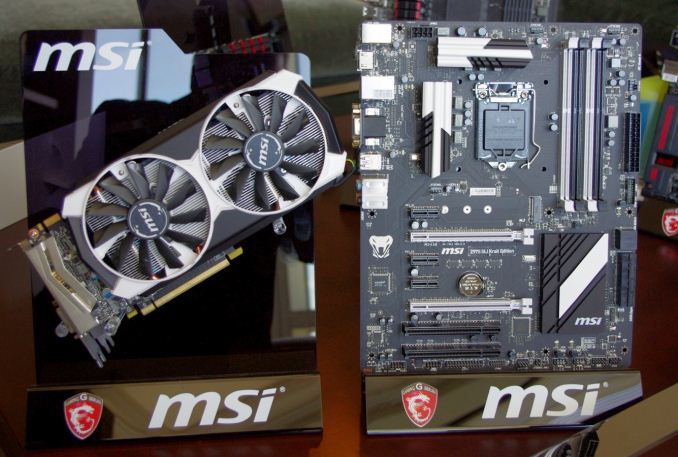
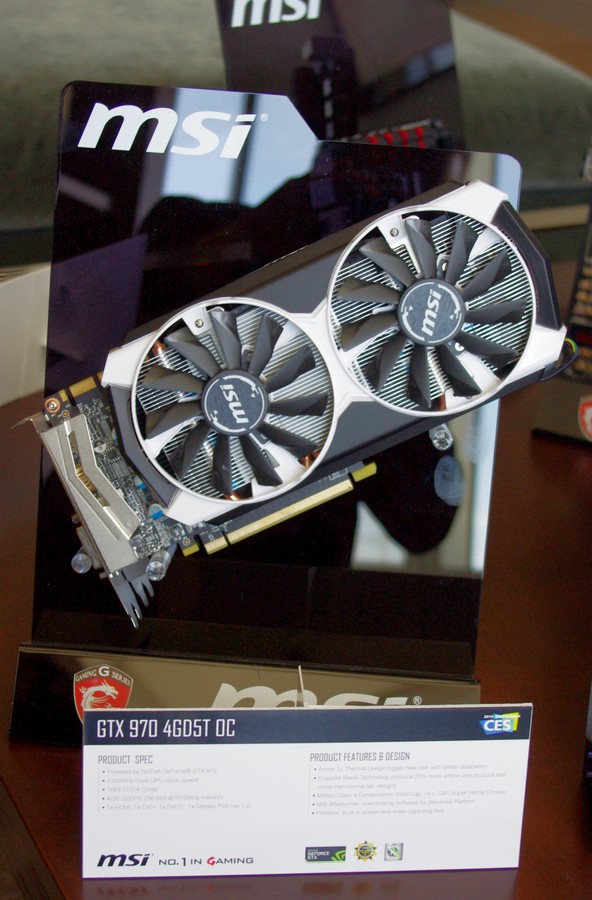
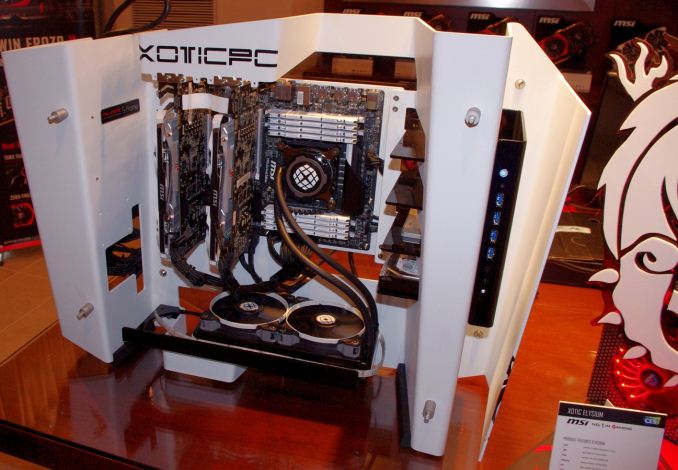
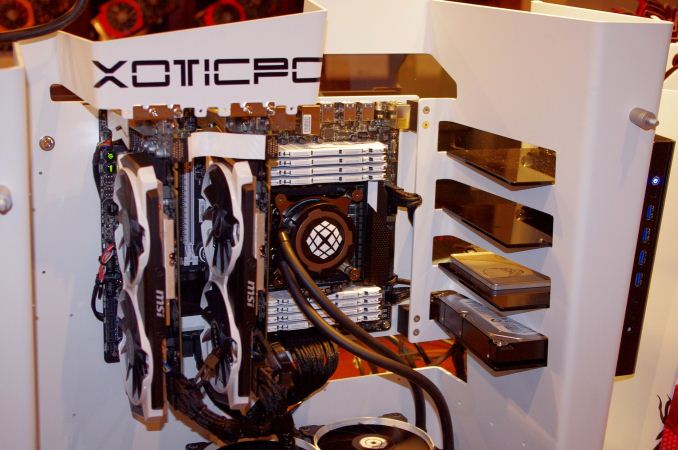
_2D_thumb.png)
_3D_thumb.png)
_3D1_thumb.png)
_3D2_thumb.png)
_Box_thumb.png)
_IO_thumb.png)
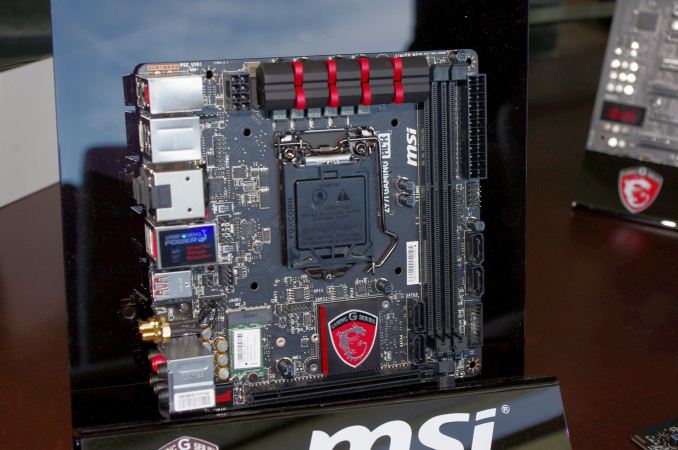
_2D_thumb.png)
_3D_thumb.png)
_3D1_thumb.png)
_3D2_thumb.png)
_Box1_thumb.png)
_IO_thumb.png)
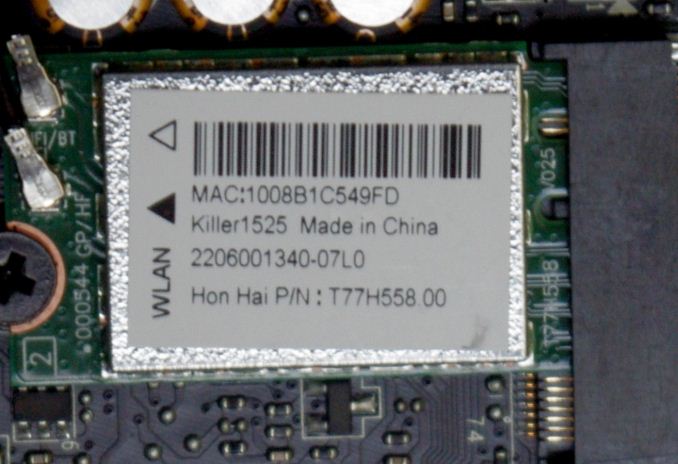
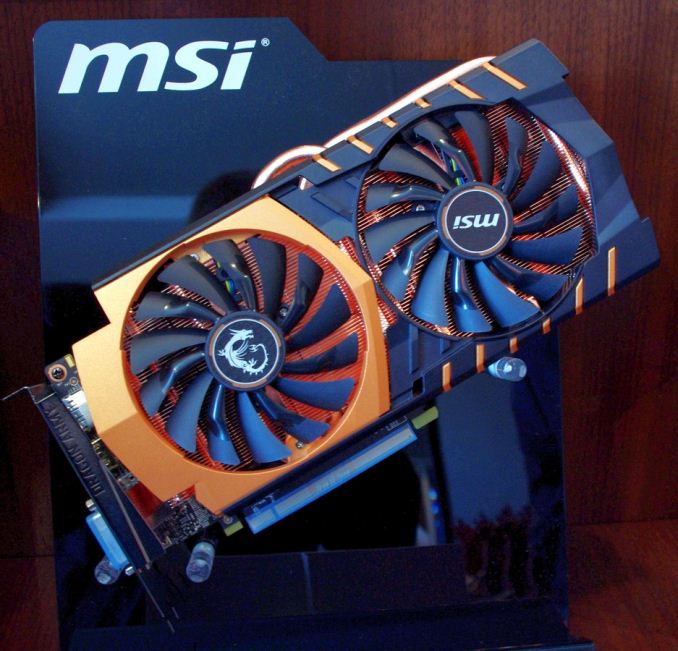
_2D_thumb.png)
_2D1_thumb.png)
_2D2_thumb.png)
_2D3_thumb.png)
_2D11_thumb.png)
_IO_thumb.png)
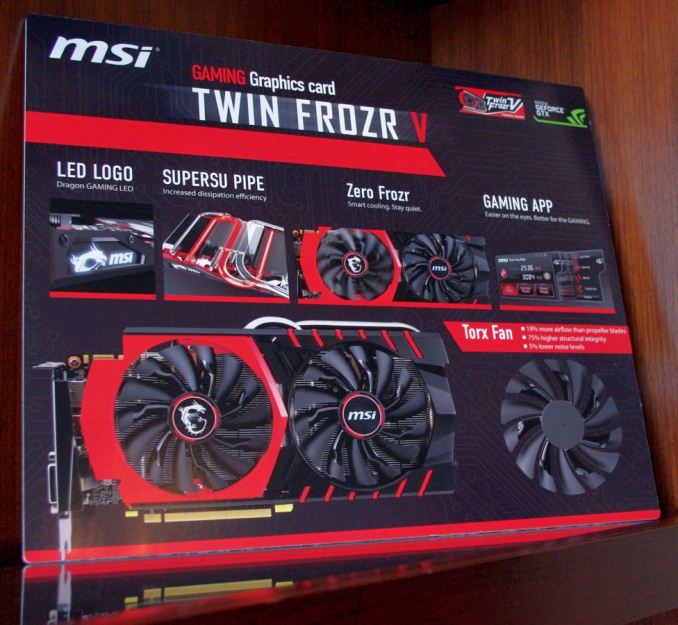
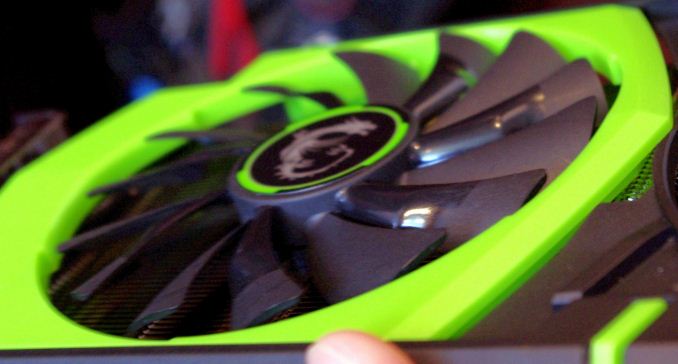
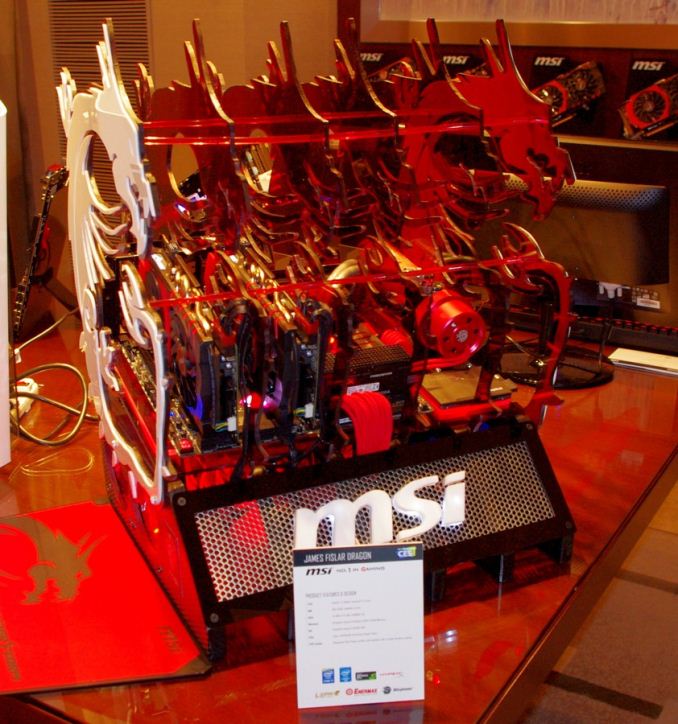

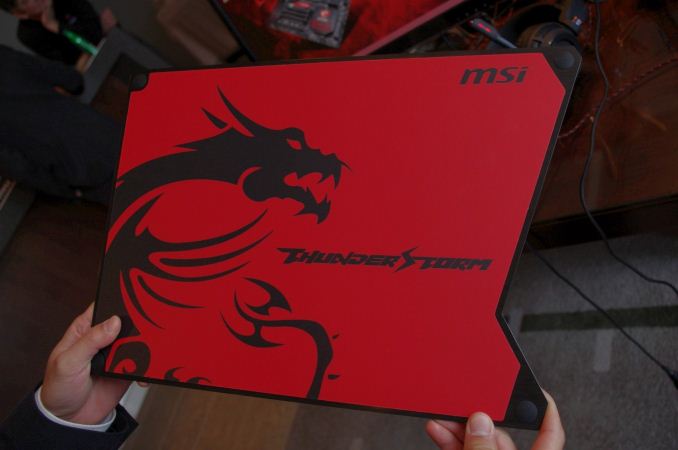








32 Comments
View All Comments
The_Assimilator - Tuesday, January 13, 2015 - link
They put a brand spanking new USB type-C connector on the board... alongside an ancient and obsolete VGA connector.Seriously MSI, what are your engineers smoking?
fokka - Tuesday, January 13, 2015 - link
agreed, vga needs to die!SirPerro - Tuesday, January 13, 2015 - link
With the Type-C being much stronger than the current micro-usb connector, what's exactly the concern for smartphone/tablet makers?fokka - Tuesday, January 13, 2015 - link
i guess it's just cheaper to implement a simple micro usb2.0 port right now and since that's good enough for charging and the occasional data transfer, it will take a while until type-c is ubiquitous on mobile devices.another question is how this will be reglemented in the EU, since right now phones have to come with micro usb and i don't know if you're even allowed to sell a phone with type-c here at the moment.
dabotsonline - Wednesday, January 14, 2015 - link
I believe that Apple supply a Lightning-to-microUSB adapter in European retail boxes so I presume that any manufacturer who wishes to implement USB 3.1 Type-C would do similarly.Also, Ian Cutress, Dong Ngo has reported that even the X99A Gaming 9 ACK motherboard (and GT72 gaming notebook) will come with a Type-C port:
http://www.cnet.com/news/usb-type-c-hands-on-its-h...
http://arstechnica.com/gadgets/2015/01/usb-3-1-and...
Ethos Evoss - Tuesday, January 13, 2015 - link
3.1 better than SATA 6 ... OK SATA you can finis now you useless ..AnnihilatorX - Thursday, January 15, 2015 - link
Do you know that SATA Express and M.2 are SATA 3.2 specifications which uses PCI Express lanes, and therefore can support up to 16Gb/s?eanazag - Tuesday, January 13, 2015 - link
I've liked the look of MSI's motherboards. I have a H55 socket 1156 still running for me with a Core i3.I have two of their Twin Frozr R9 290 cards. I have been pretty happy with them. The fans on them are not 24/7 high rpm and will freeze up after spurting a little oil from the fan internals. I've read online that they can have mineral oil added to them and work as new at that point.
I handled this through warranty. It cost me $18 to ship. MSI's policy says it can take up to 28 days in RMA, but I got mine back in a week, but it wasn't the same card. The card wasn't as new as mine and the part that screws to the case was bent. I had to bend it back to get it to mount into the board and case. I had RMAed a Gigabyte GTX660 and was without the card for about 17 days.
DanNeely - Tuesday, January 13, 2015 - link
With the exception of laptop/desktop computers (where the data on the drive matters); you almost never get the same item you sent in for RMA back. To minimize the turnaround they send you a replacement off their shelves immediately and then shelve yours after fixing it (or determining it's irreparable and disposing of it).I'm mildly disappointed that they made you send the whole card in for a round trip though. A few years back I had a fan die on my XFX(?) 5870. I filed an RMA stating that the fan refused to spin and the card was overheating. They asked if I felt comfortable unscrewing the existing heat sink and replacing it myself. When I said yes, they just mailed me a replacement and didn't require me to return the original.
Aslan7 - Wednesday, January 14, 2015 - link
How is it difficult to get 100 watts to each and every USB motherboard port? Currently pcie x16 slots are required to supply 75 watts each. Many motherboards now have 3-6 of these slots. If you need more power you just plug in another power connector. The biggest difficulty I can see is OEM systems using within 50 watts of the max power output of the power supply. Only in that event would I see it being a difficulty. If it's too difficult to get that much power to USB on the motherboard backplate designers could simply have USB headers that are cabled to a bracket that would fit in the back of a computer and a place on the inside of the bracket to plug in a few power connectors. I predict this will lead to a need for a way for a power supply to communicate with the computer itself to state how much power it has available.